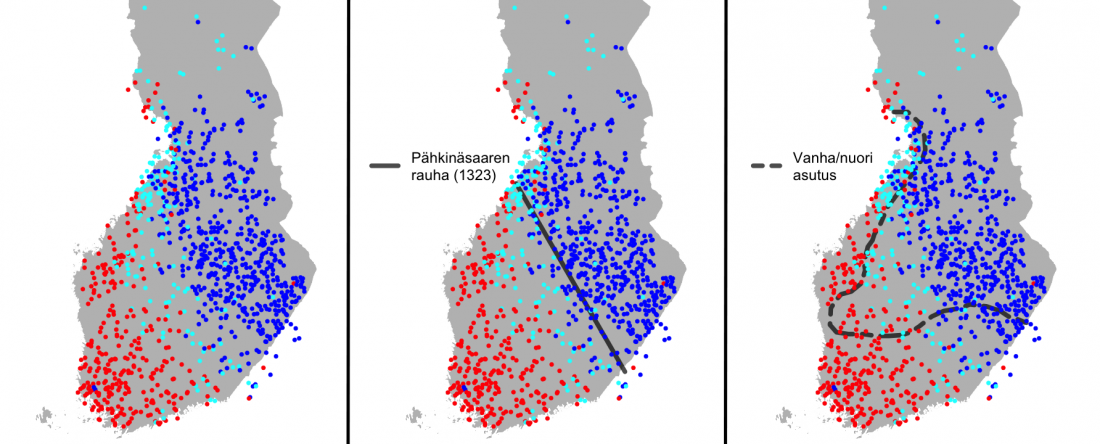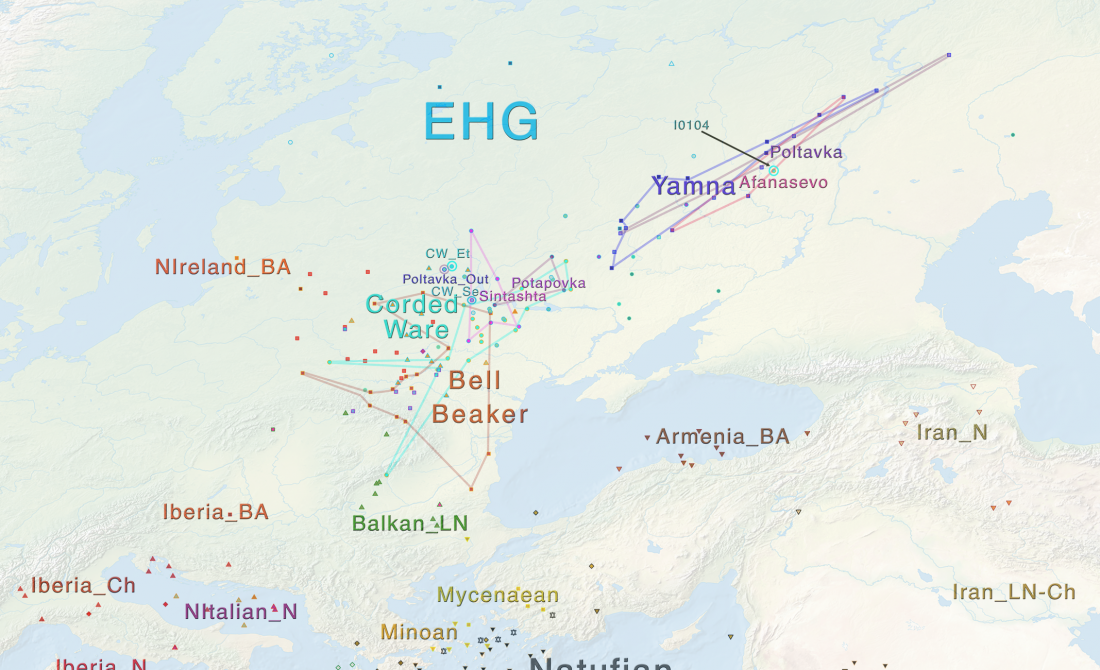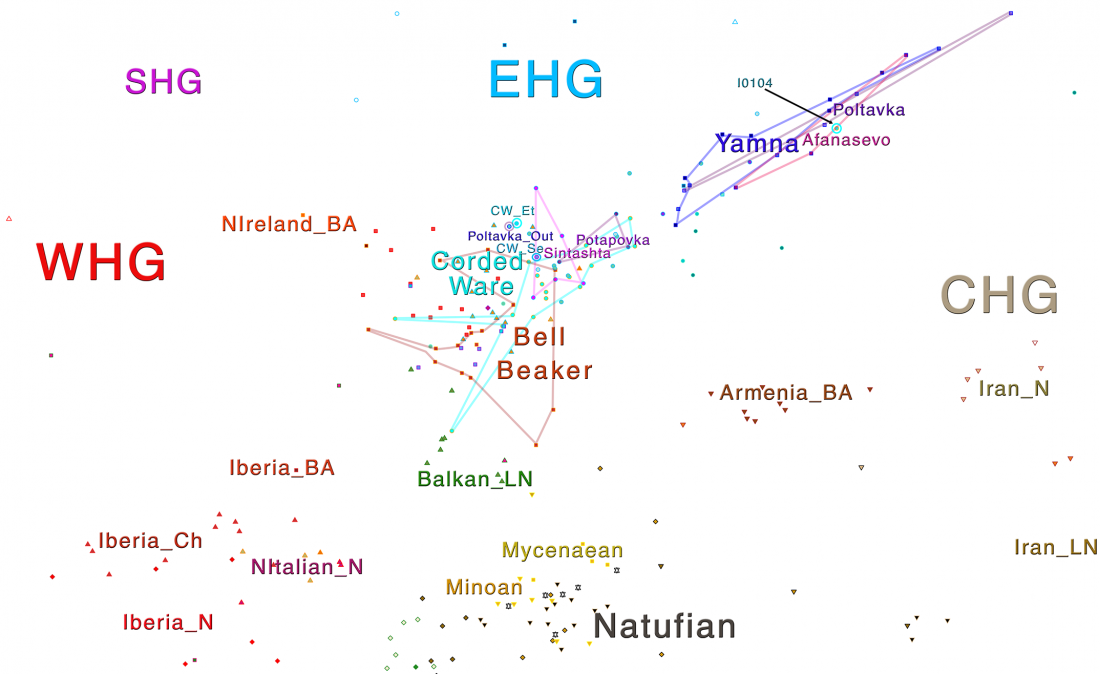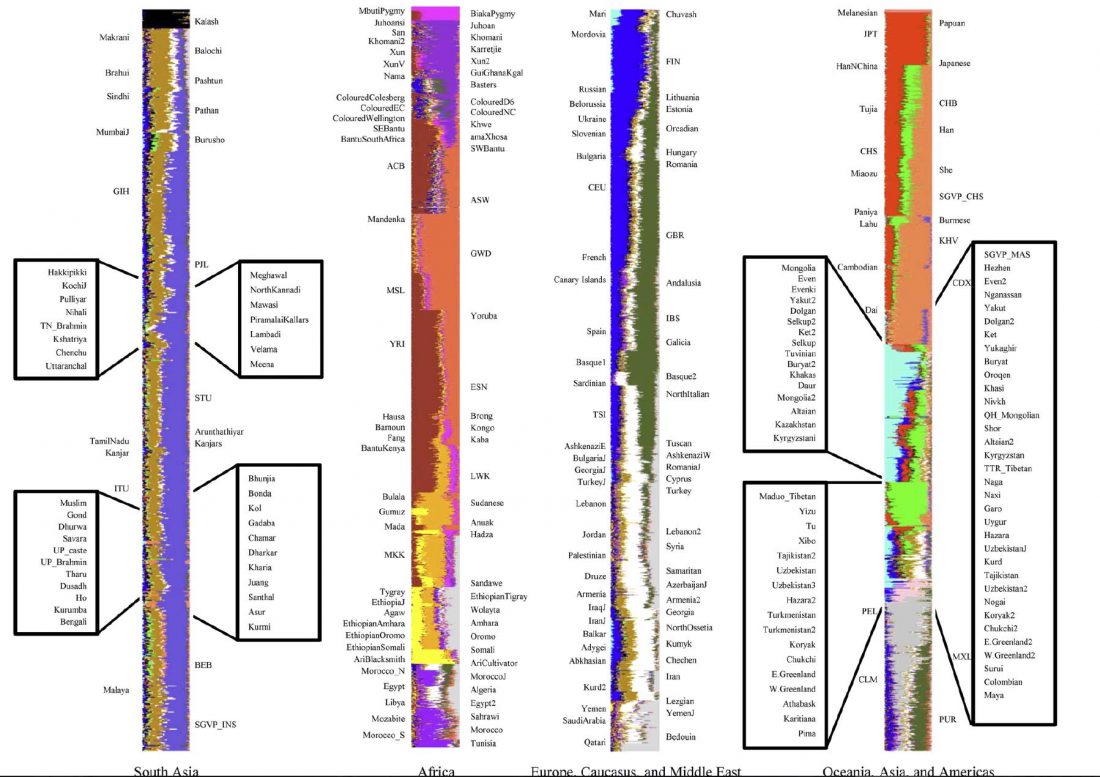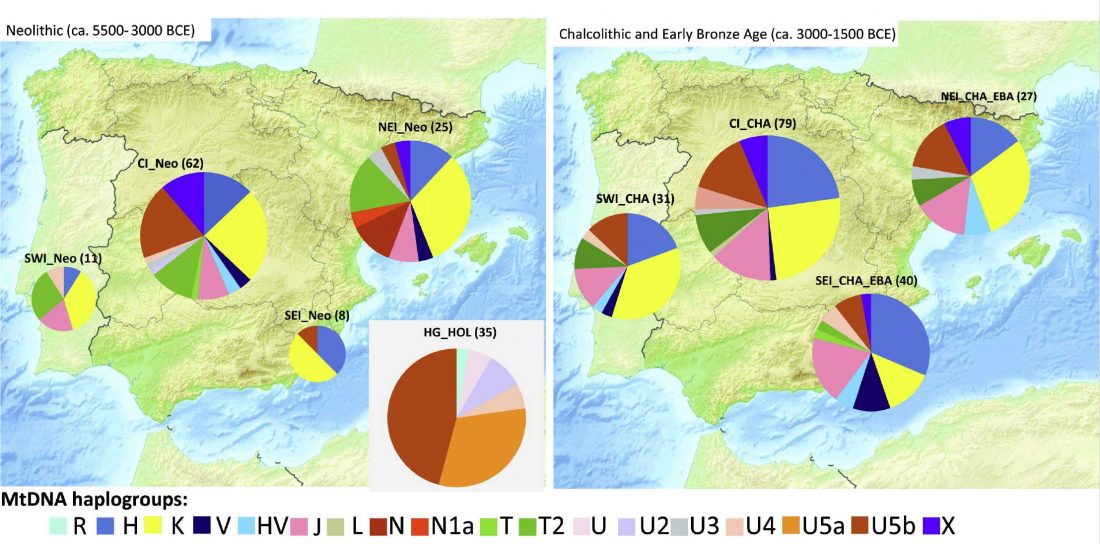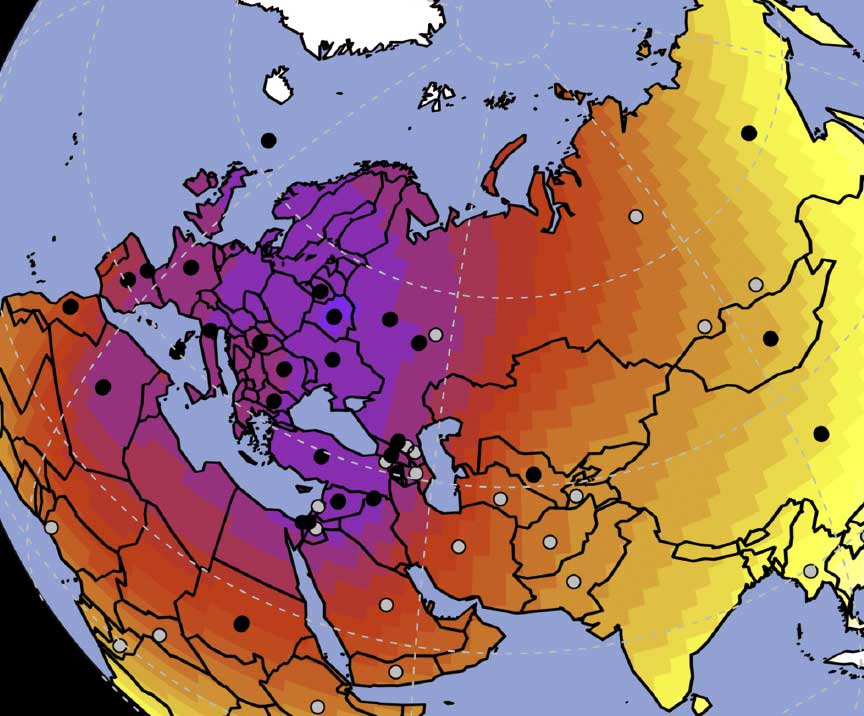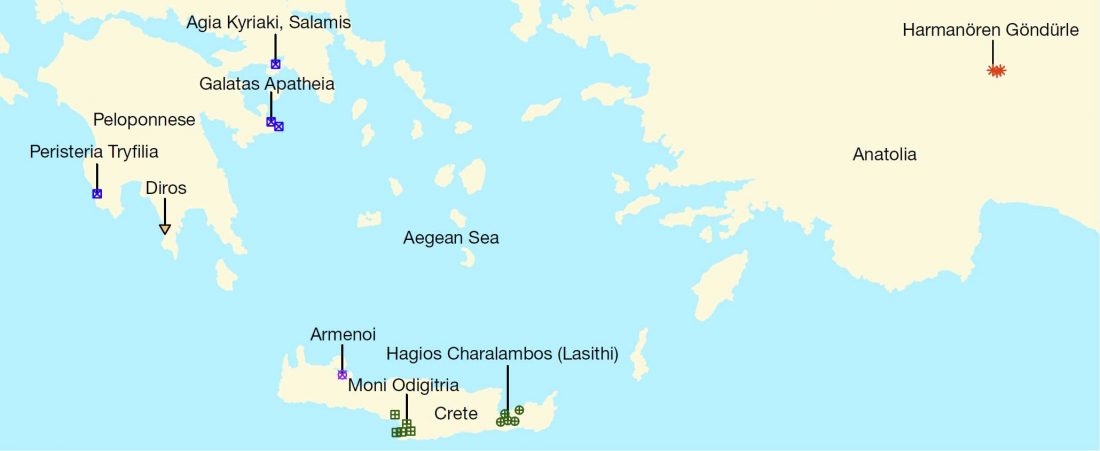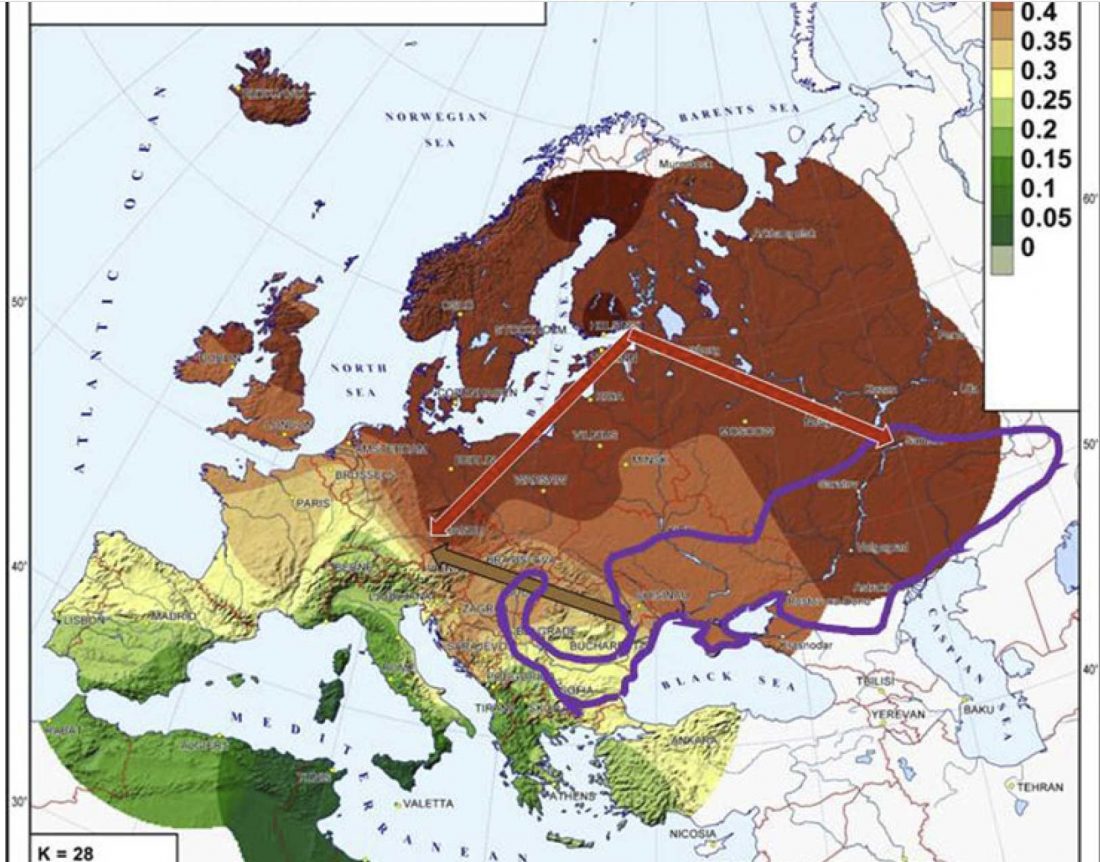New preprint papers on Finland’s population history and disease, skin pigmentation in Africa, and genetic variation in Thailand hunter-gatherers
New and interesting research these days in BioRxiv:
Haplotype sharing provides insights into fine-scale population history and disease in Finland, by Martín et al. (2017):
… Read the rest “New preprint papers on Finland’s population history and disease, skin pigmentation in Africa, and genetic variation in Thailand hunter-gatherers”Finland provides unique opportunities to investigate population and medical genomics because of its adoption of unified national electronic health records, detailed historical and birth records, and serial population bottlenecks. We assemble a comprehensive view of recent population history (≤100 generations), the timespan during which most rare disease-causing alleles arose, by comparing pairwise haplotype sharing from 43,254 Finns to geographically and linguistically adjacent countries with different population histories, including 16,060 Swedes, Estonians, Russians, and Hungarians.
